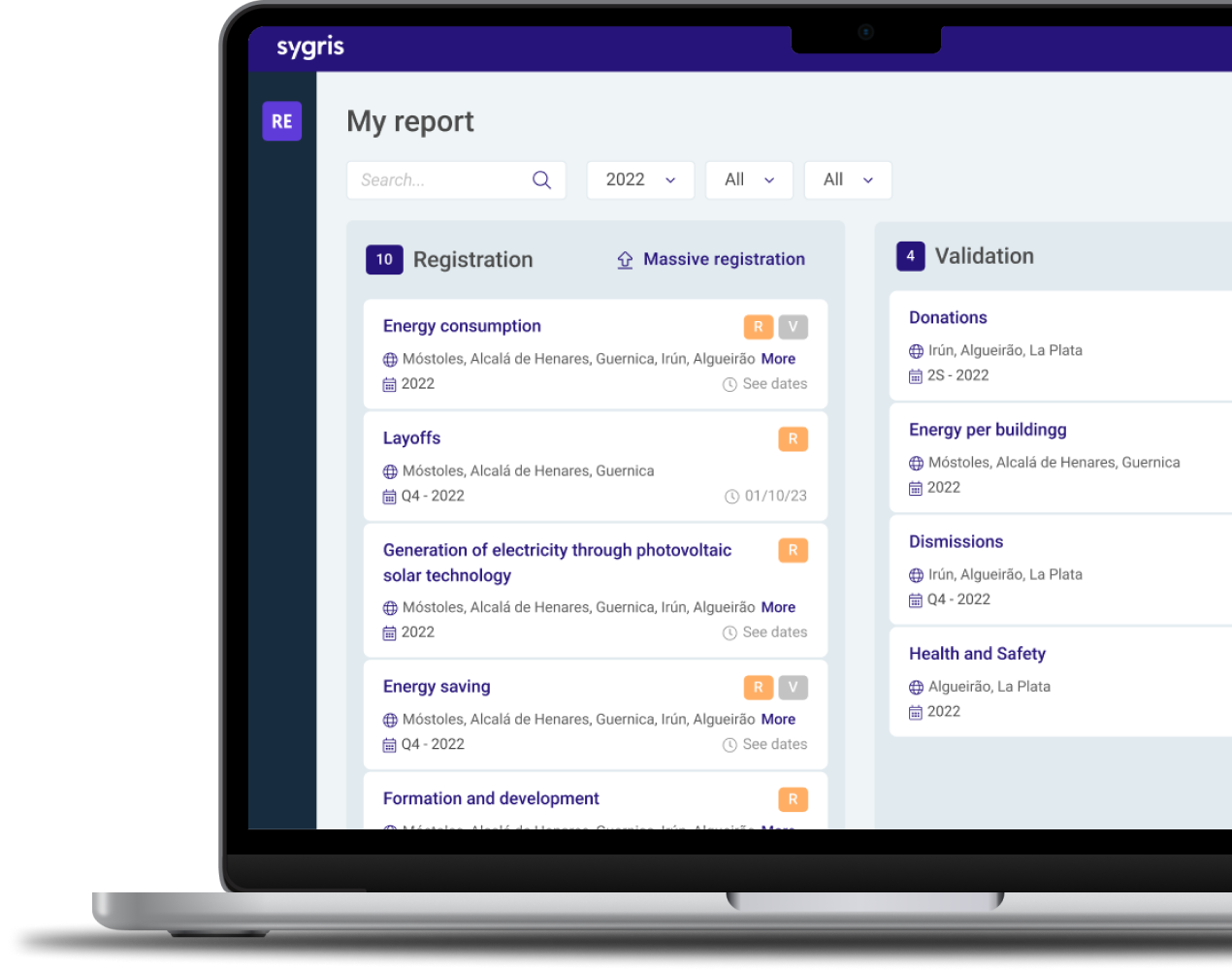In the world of business regulations, few initiatives have captured as much attention and expectation as the recent proposal of an Omnibus sustainability law. This initiative aims to unify and simplify the complex web of regulations that companies currently face globally. In this blog, we will explore the recent proposal of an Omnibus law, what it means, its potential benefits, and the challenges it presents.
What does Omnibus mean?
The term “Omnibus” comes from Latin and means “for all.” In the legislative context, an Omnibus law is one that covers multiple aspects or topics within a single regulation, rather than having various fragmented laws. This comprehensive approach seeks to simplify regulatory compliance by reducing complexity and the administrative burden for companies.
Integrating Various Standards into a Single Directive
The Omnibus aims to be a unified directive that integrates various environmental, social, and governance (ESG) standards and regulations. Currently, companies face a multitude of regulations from different jurisdictions and international bodies, which can create confusion and increase compliance costs. The Omnibus initiative, aligned with the EU’s Corporate Sustainability Reporting Directive (CSRD), seeks to reduce this complexity by consolidating multiple requirements into a single coherent law.
This unification not only facilitates regulatory compliance but also promotes greater consistency and comparability in the ESG information reported by companies, benefiting both organizations and their stakeholders.
Benefits of the Omnibus Law
The implementation of an Omnibus law offers a series of significant benefits for companies, regulators, investors, and other interested parties. Below are the main benefits that this initiative can provide.
Utility for companies affected by european regulations, inside and outside the Union
One of the greatest benefits is its ability to simplify compliance for companies operating both within and outside the European Union. Companies outside the EU that must adhere to European regulations will find the Omnibus a tool that unifies multiple requirements into a single directive, thus facilitating their adaptation and compliance.
Additionally, by creating a global standard, it allows international companies to operate under a coherent regulatory framework, reducing the need to adapt to different local and regional regulations. This not only saves time and resources but also facilitates expansion and integration into global markets.
Promotes consistency and comparability
Consistency and comparability are fundamental for transparency and trust in ESG information. Currently, there are multiple standards and frameworks, such as the Task Force on Climate-related Financial Disclosures (TCFD) in California, IFRS S1 and S2, and the Climate Rules in Australia, which can vary significantly from one another.
The Omnibus promotes consistency by establishing a unified set of standards that facilitate the comparability of ESG reports across different companies and sectors. This is especially beneficial for investors, who can evaluate and compare the ESG performance of companies more effectively, encouraging greater investment in sustainable practices.
Improves decision-making
A unified and coherent regulatory framework benefits not only companies but also investors, regulators, and other stakeholders. By having standardized and comparable ESG information, these actors can make more informed and data-driven decisions based on accurate and consistent data.
For investors, this means better assessment of the risk and sustainable performance of the companies they invest in. For regulators, it facilitates the supervision and monitoring of regulatory compliance. And for stakeholders such as customers and employees, it reinforces trust in the company’s commitment to sustainability and social responsibility.
Fills regulatory gaps
The Omnibus also has the potential to fill existing regulatory gaps, fostering dialogue and cooperation between different regions such as the EU, the USA, and Asia. By establishing a globally accepted regulatory framework, it promotes greater harmonization of ESG standards, facilitating international collaboration and reducing discrepancies between different jurisdictions.
This global agreement not only improves regulatory efficiency but also contributes to addressing global challenges such as climate change and social inequality in a more coordinated and effective manner.
Considerations
Over-simplification: A potential risk
While the unification of regulations through an Omnibus law presents numerous benefits, it is crucial to consider the potential risks involved. One of the main risks is the tendency to overly simplify specific and necessary issues for different regions, cultures, norms, and even social specifications.
Each region and sector has its unique particularities and sustainability challenges. An overly general regulation may overlook these differences, resulting in regulations that do not adequately address the specific needs of each context. This could lead to ineffective implementation of sustainable practices and lower adherence by companies that feel neglected or misunderstood by the law.
Difficulty for companies: A changing context
Another significant challenge is the difficulty companies face in adapting to an ever-changing regulatory context. Sustainability is an evolving field, and ESG regulations must be flexible to adapt to new realities and scientific and technological advancements.
For an Omnibus law to be effective, it must be sufficiently flexible to adapt to these changes without requiring constant revisions that could increase the administrative burden and compliance costs for companies. Organizations must be prepared to anticipate these changes and remain agile in their approach to sustainability.
Need for flexibility
Flexibility is essential to ensure that the Omnibus law can evolve over time and respond to emerging needs. Companies must adopt a proactive mindset, continuously monitoring trends and changes in the sustainability arena to anticipate future regulatory requirements. This involves investing in systems and processes that allow for rapid adaptation and efficient management of ESG information.
Your ally in regulatory compliance
The implementation of the CSRD, the CSDDD, and the EU Taxonomy Regulation represents both challenges and opportunities for companies. These regulations demand a high level of compliance and significant operational realignment but also open the door to innovation, trust-building, and a meaningful contribution to the global sustainability agenda.
In this context, Sygris Reporting positions itself as an essential strategic ally for companies seeking to navigate this complex regulatory landscape. Our ESG reporting platform is designed to simplify regulatory compliance by integrating multiple standards and providing advanced tools for the collection, analysis, and presentation of ESG data.
With Sygris Reporting, companies can:
- Simplify compliance: Our solution unifies various regulatory requirements into a single platform, facilitating compliance with the CSRD, CSDDD, and the EU Taxonomy, as well as future Omnibus laws.
- Increase transparency and comparability: We provide standardized ESG reports that enhance transparency and allow effective comparison with other companies and sectors.
- Facilitate decision-making: Our tool offers detailed analyses and accurate data that support informed decisions by investors, regulators, and other stakeholders.
- Promote flexibility and adaptability: Designed to adapt to a constantly changing regulatory environment, Sygris Reporting ensures that your company remains agile and prepared for future developments in sustainability.
In a world where sustainability and social responsibility are increasingly crucial, having a reliable partner like Sygris Reporting is essential to transform regulatory challenges into opportunities for growth and leadership.





